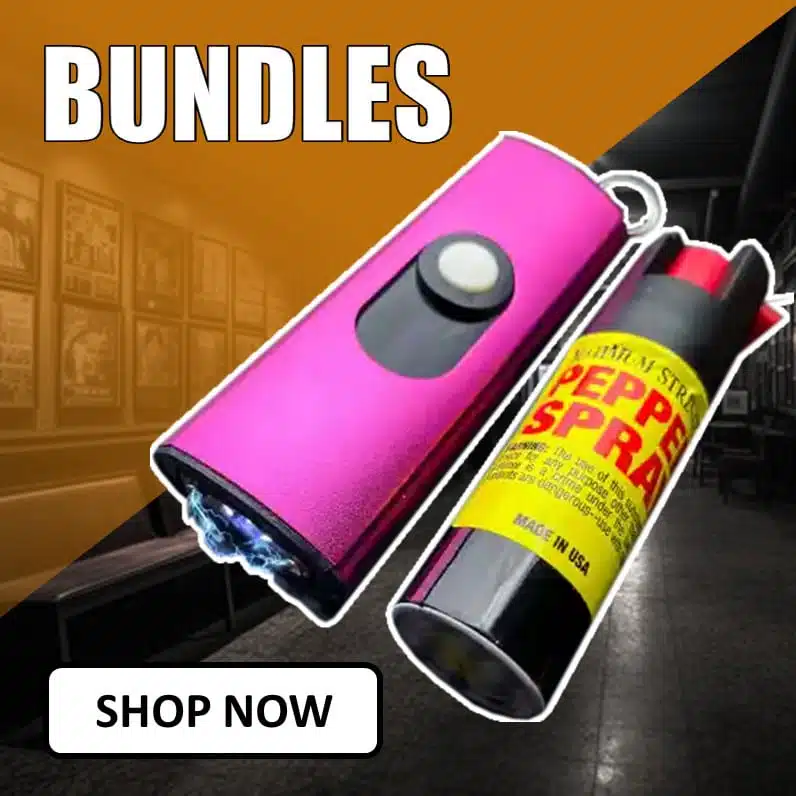Subscribe to Updates
Get The Latest News, Updates, And Amazing Offers
Important Pages:
Browsing: Safety & Practices
Health officials warn against rubbing the face or eyes after contact with potentially contaminated surfaces. This precaution helps prevent the spread of infections and protects overall eye and skin health.
Proper thumb placement on can actuators is crucial for safety, reducing slippage and injury risks. Industry experts emphasize training to ensure secure handling and prevent accidents during use.
Staying current is essential for ongoing training and practice, ensuring professionals adapt to industry changes, enhance skills, and maintain competitive edge in a rapidly evolving landscape. Continuous learning drives success.
Staying current through ongoing training and practice is essential for professionals to maintain skills, adapt to industry changes, and ensure high performance in a competitive market. Continuous learning drives success.
Effective self-defense techniques often focus on targeting an attacker’s eyes, nose, and mouth. Strikes to these vulnerable areas can quickly incapacitate an assailant, increasing chances of escape and personal safety.
Checking your spray’s expiration date is essential to ensure effectiveness and safety. Using expired sprays can reduce potency and pose health risks, making proper label reading a crucial step for consumers.
Recent studies suggest that blinking rapidly can trigger tear production, potentially flushing out irritants from the eyes. This natural response may help clear spray or airborne particles effectively.
Experts emphasize maintaining a safe 6-10 feet distance when spraying chemicals to reduce exposure risks. Proper spacing ensures effective application while protecting health and safety in agricultural and industrial settings.
Maximize Impact: Why Every Burst Counts in Precision Fire highlights the critical role of controlled bursts in enhancing accuracy and conserving ammunition, redefining modern marksmanship strategies on the battlefield.
Mastering spray patterns is essential for effective application in various industries. This guide explores the differences between stream, fog, gel, and foam sprays, helping professionals optimize coverage and efficiency.



